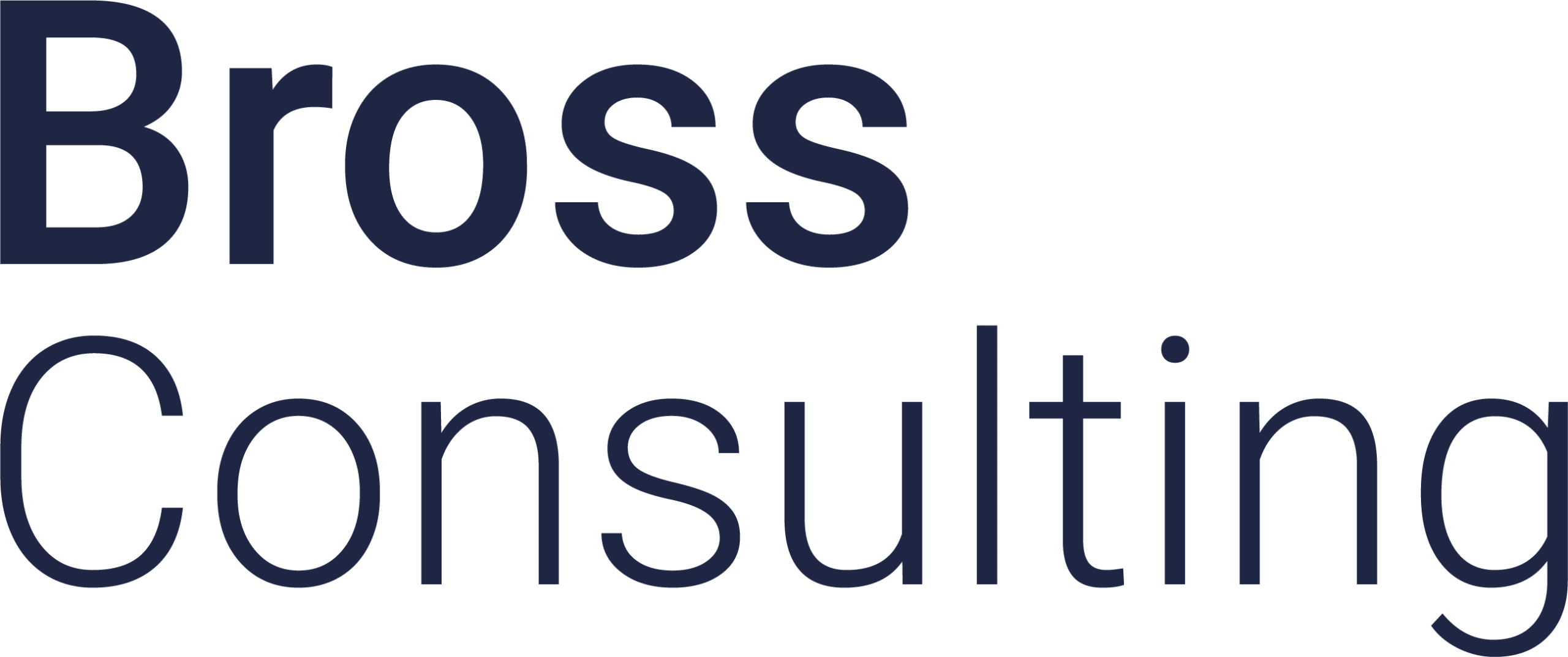Indirect areas – definition and explanation
The turbulence and dynamics of the markets force companies to continuously and comprehensively adapt their sales and production programs. The resulting production programs are therefore far more complex and characterized by multivariate influences. The effect of multivariate influences is particularly noticeable in the indirect areas, as activity costs in indirect areas do not necessarily increase proportionally with the production volume, but rather are shaped by other influences such as batch size or variant diversity. Traditional measures counter this turbulence mainly by demanding a high degree of flexibility and adaptability, which is essentially only possible through oversizing and maintaining space reserves in case of expansion. It should be noted that oversizing leads to uneconomical overcapacity and increased unit costs. What the options for designing a versatile factory have in common is that a minimum factory dimension must first be found that corresponds to the forecast of the expected production program at the time of planning. As part of holistic factory planning, indirect areas such as work preparation, quality control or maintenance are also increasingly included. Indirect areas are becoming increasingly important for overall productivity in companies. The situation is exacerbated by an increase in capital-intensive technologies and production processes, as well as the constant shift from direct activities to indirect areas. While productivity development in the direct areas can often only be realized with small increases, enormous potential can be exploited in the indirect areas. As a result, it is precisely the indirect areas that are expected to have the greatest potential for increasing efficiency in the future.
